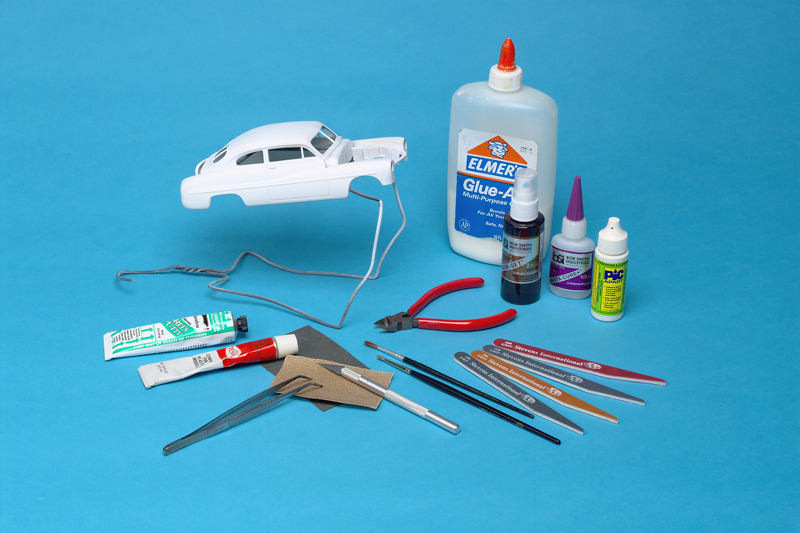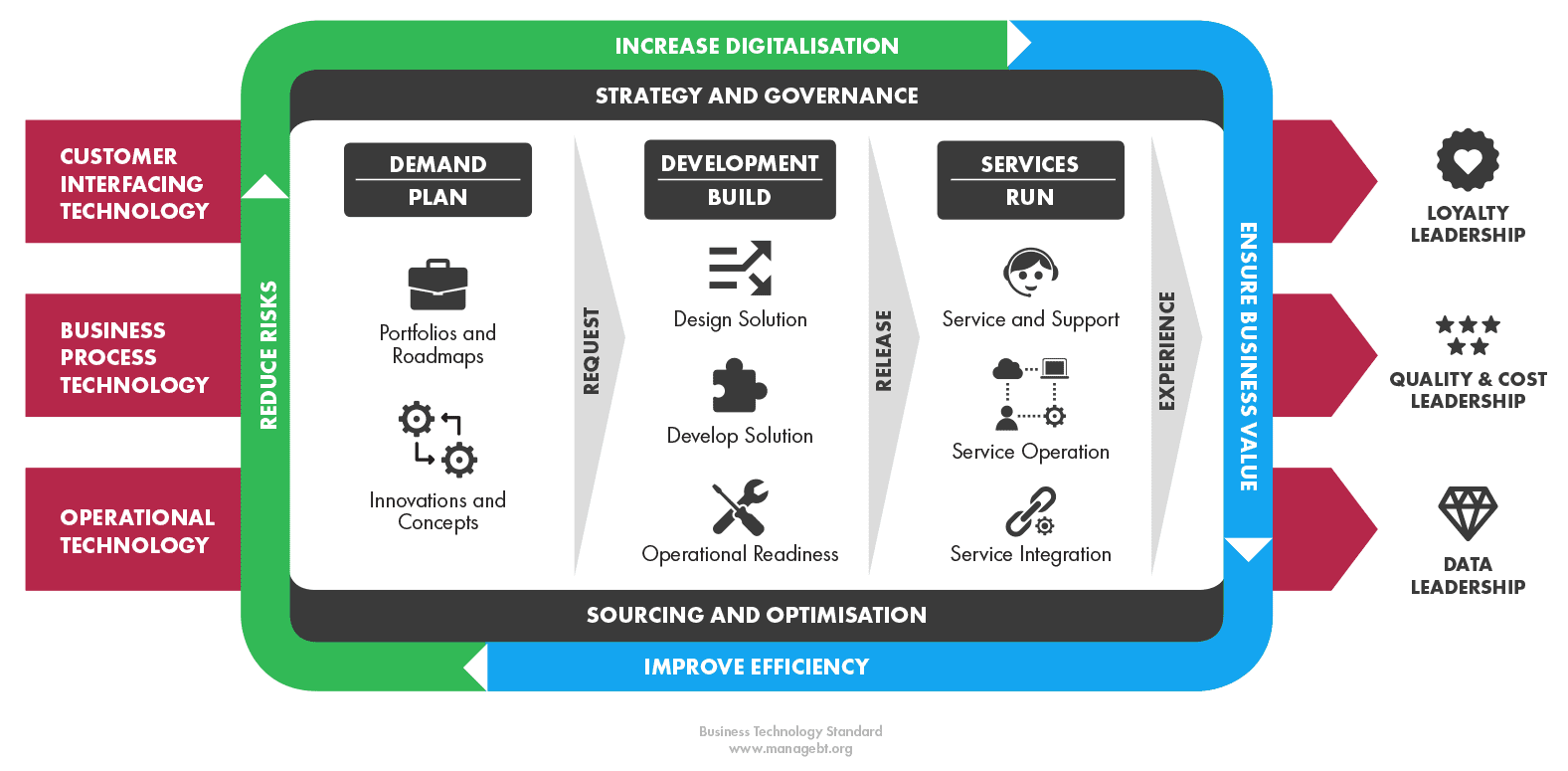Old Kingdom copper model tools and vessels from the collection of
Download scientific diagram | Old Kingdom copper model tools and vessels from the collection of the Kunsthistorisches Museum in Vienna, most probably coming from excavations by Hermann Junker at Giza (IDs of the chisels mentioned in the text added according to ODLER 2016, Fig. 47). from publication: Whose tools are these? An artificial neural network applied to the classification of the Old Kingdom Egyptian chisels | This paper presents an attempt to apply advanced computational methods to a database of Old Kingdom Egyptian copper model tools. We examine a particular class of artefacts, chisels. A smaller dataset extracted from them was used to train several linear and non-linear | Artificial Neural Network, Classification and Classifier | ResearchGate, the professional network for scientists.
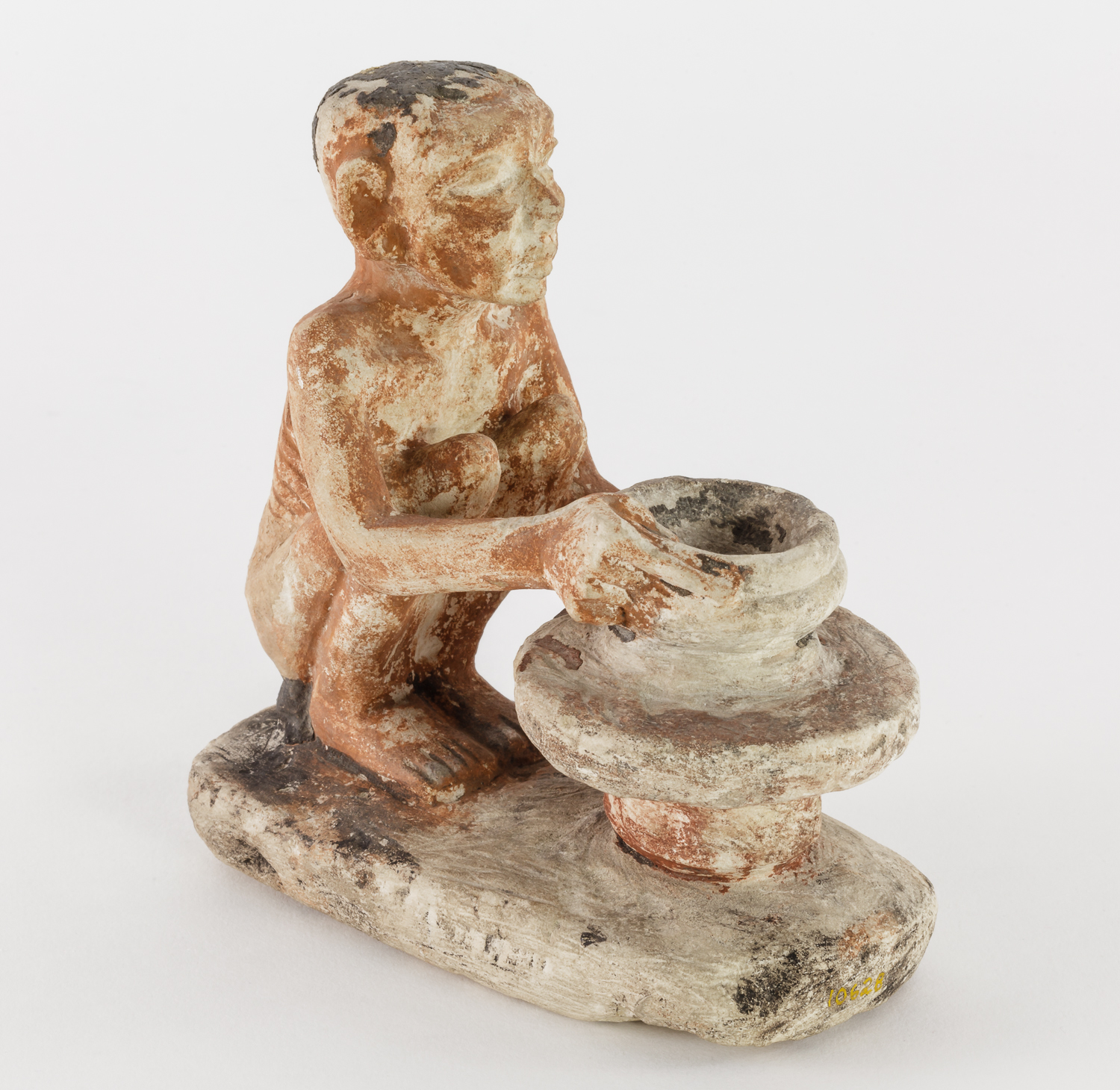
Highlights from the Collection: Tools Institute for the Study of Ancient Cultures

Old Kingdom copper model tools and vessels from the collection of the
Silver in Ancient Egypt, Essay, The Metropolitan Museum of Art

Martin ODLER, Post-Doc, PhD
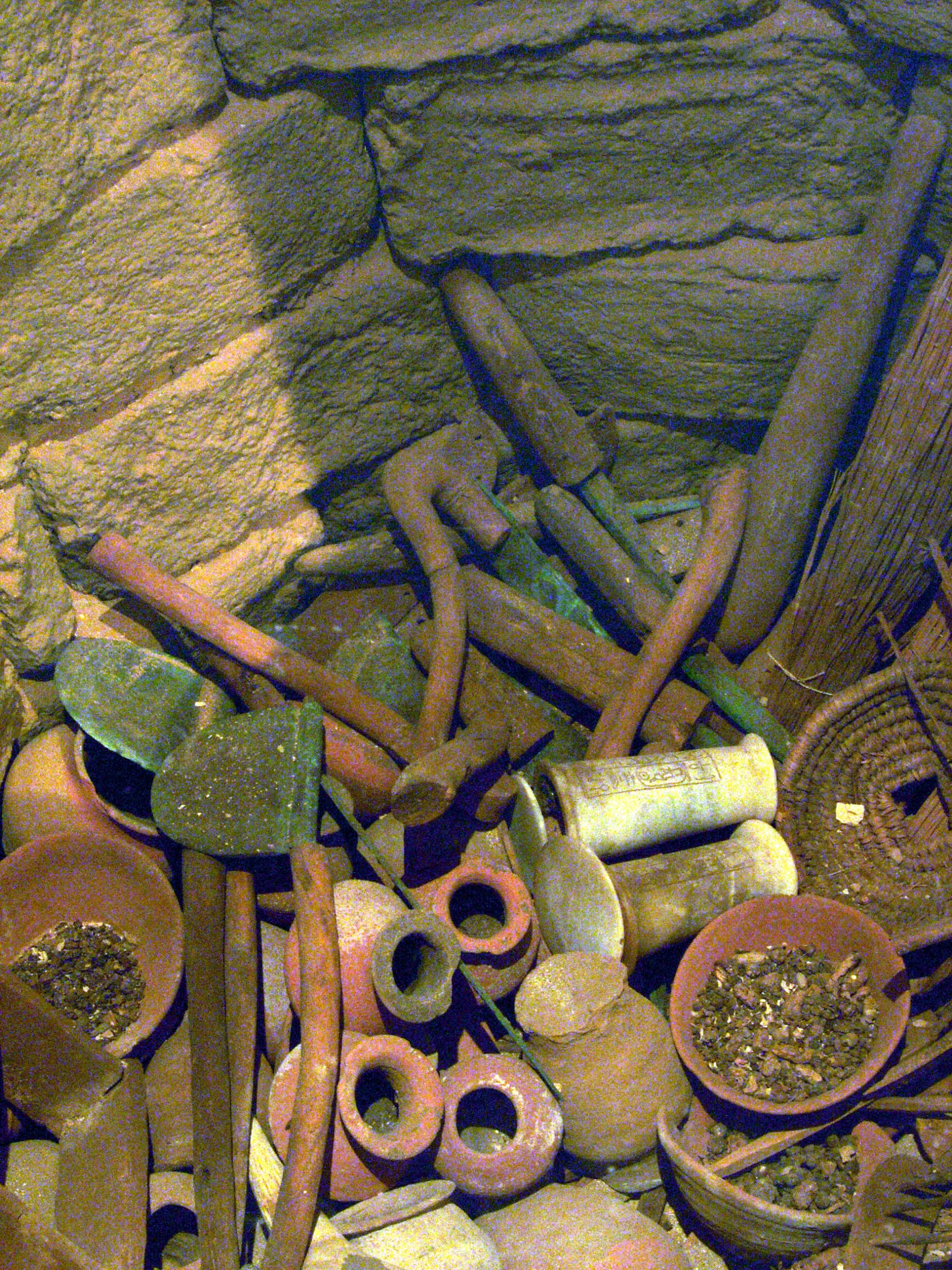
Chapter 3 – Ancient Egyptian Metallurgy – History of Applied Science & Technology
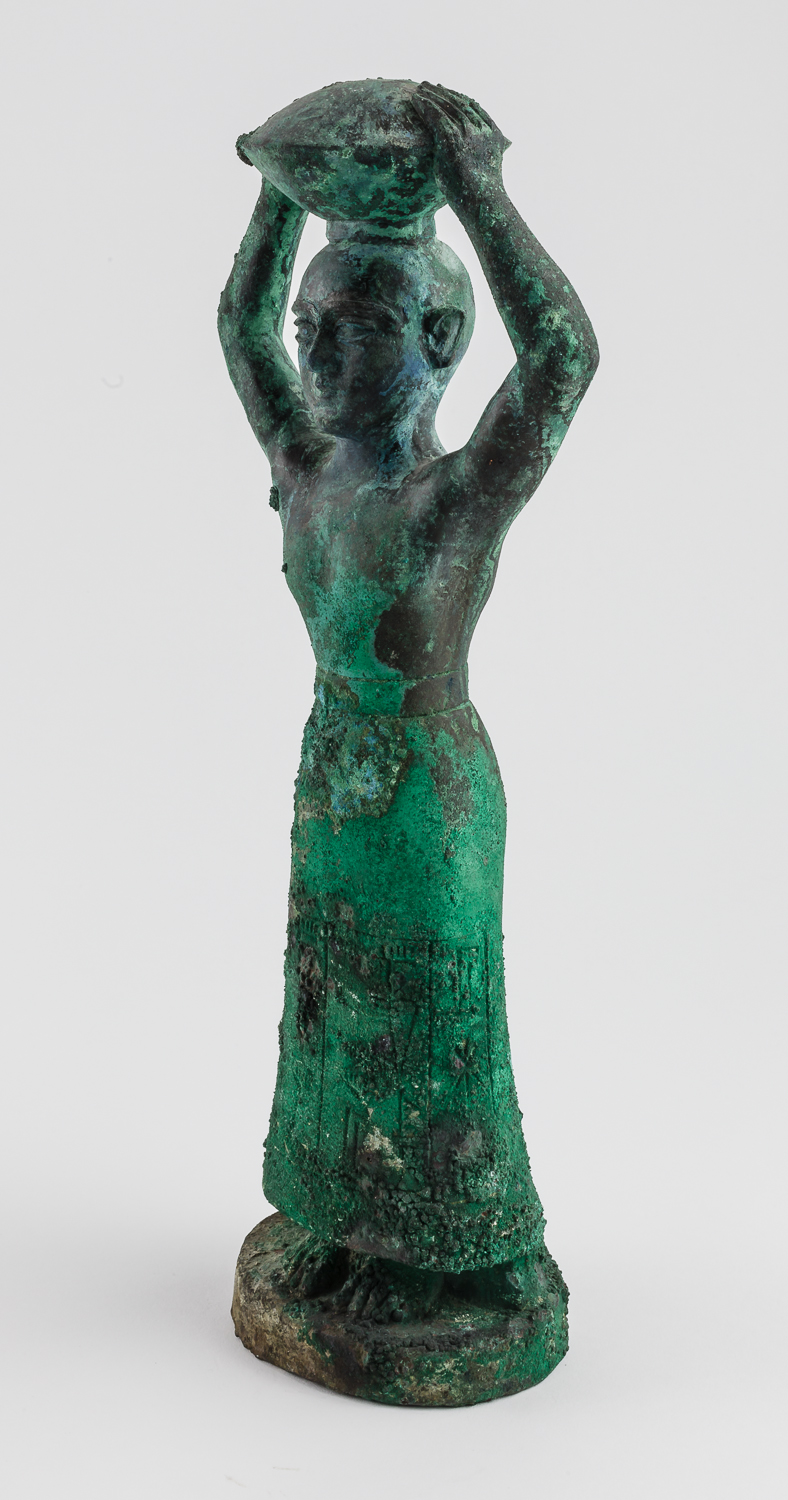
Highlights from the Collection: Tools Institute for the Study of Ancient Cultures
Several factor influencing incidence in cardiovascular disease
collectionapi./api/collection/v1/iiif

Schematic description of the architecture of an artificial neural
Gold in Ancient Egypt, Essay, The Metropolitan Museum of Art

Ancient Distillation and Experimental Archaeology about the Prehistoric Apparatuses of Tepe Gawra

Arsenical copper tools of Old Kingdom Giza craftsmen: First data - ScienceDirect
Gold in Ancient Egypt, Essay, The Metropolitan Museum of Art

Copper Age Tools, Ancient Copper Smelting, Types & Weapons - Video & Lesson Transcript

Arsenical copper tools of Old Kingdom Giza craftsmen: First data - ScienceDirect
